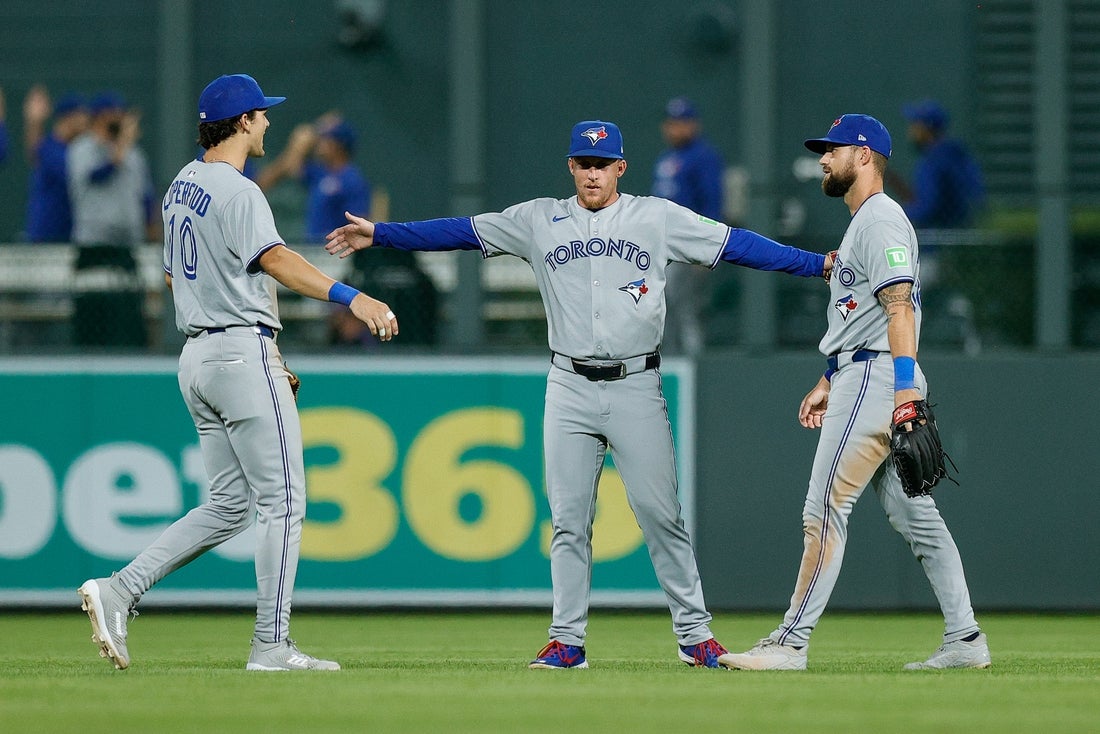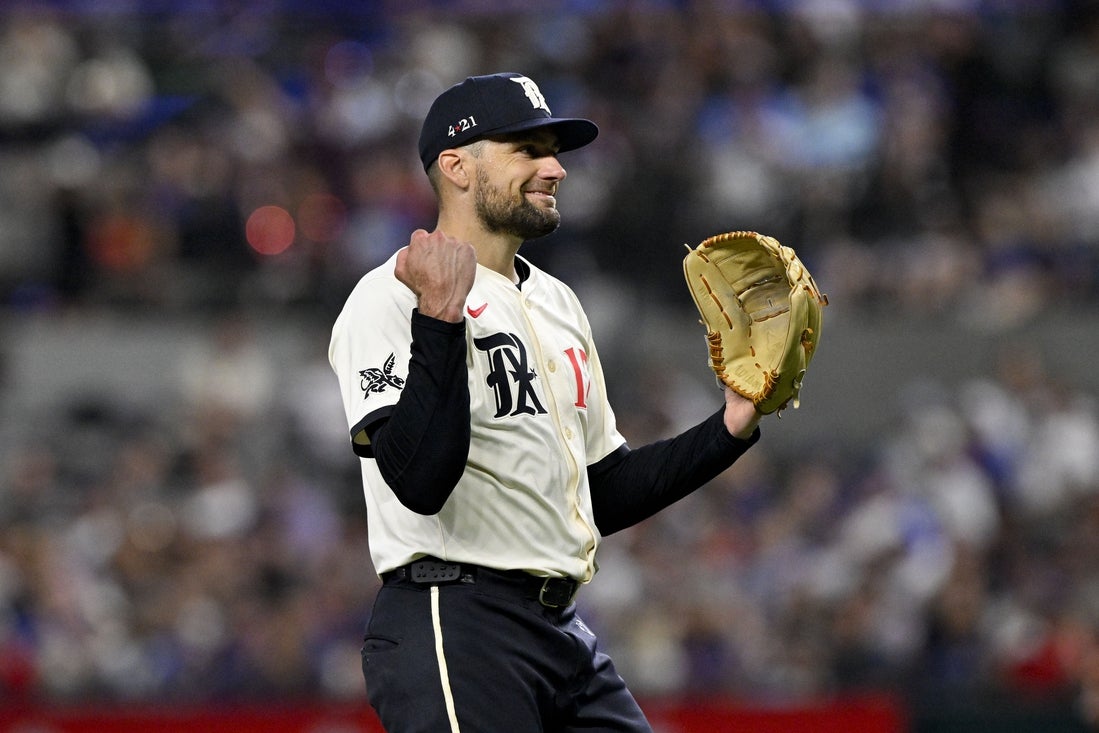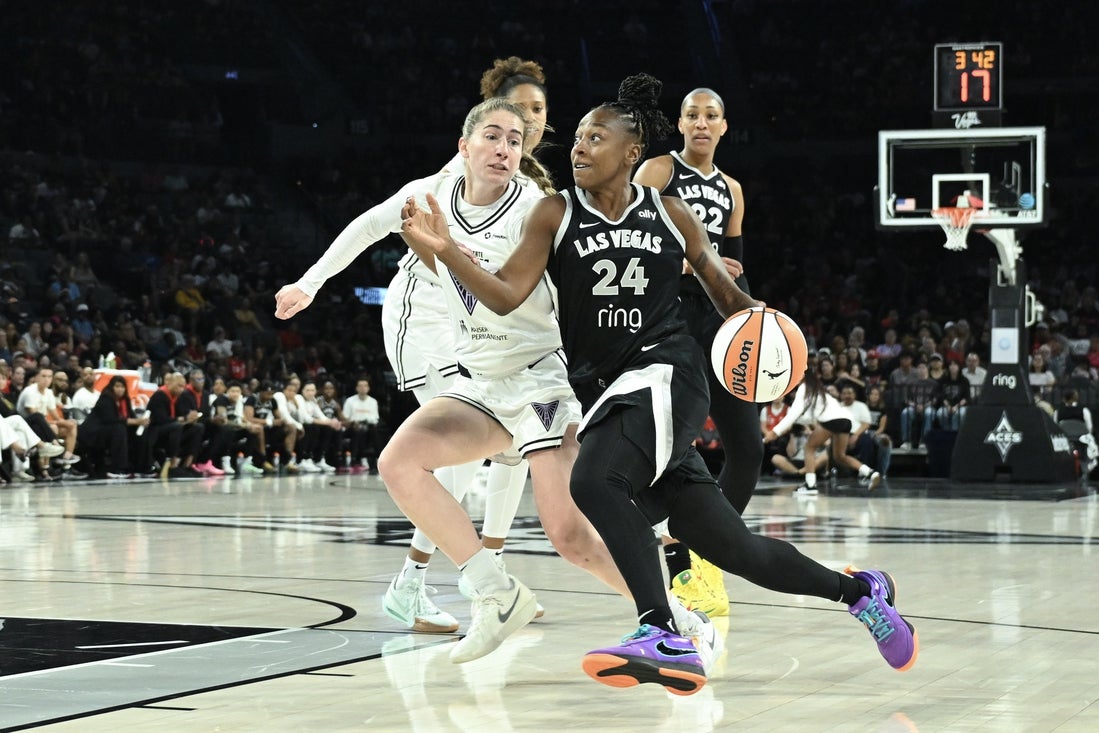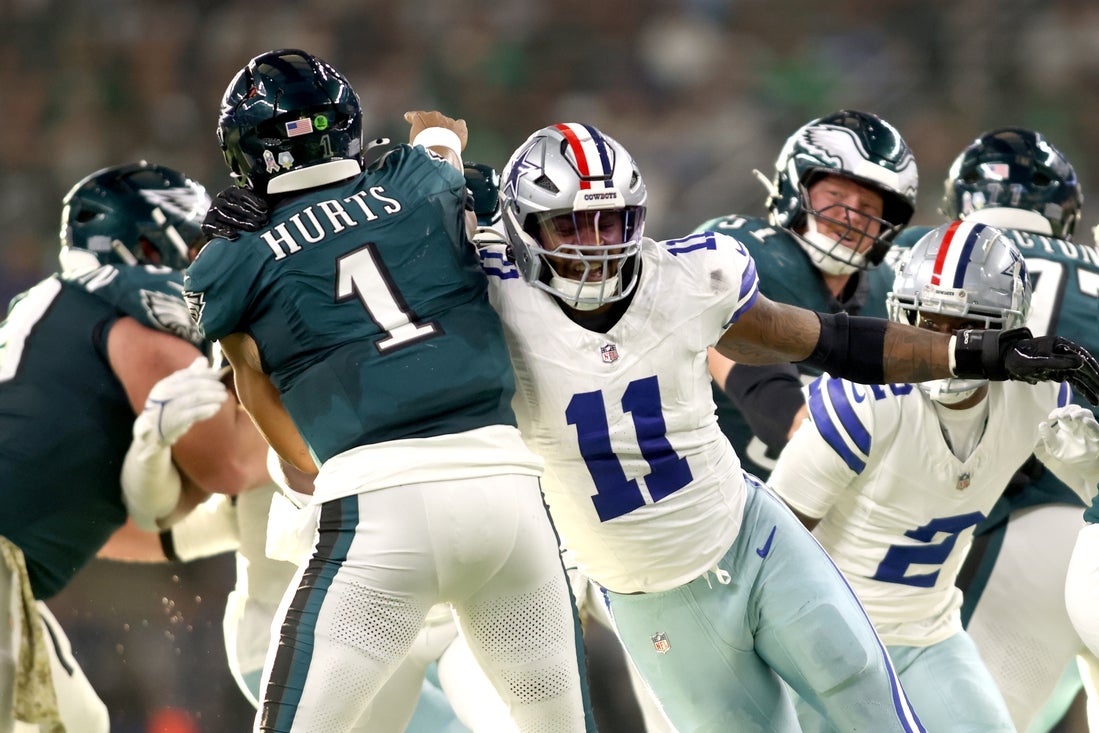Cavan Sullivan made a small but meaningful step on the road to global soccer stardom over the weekend when he scored his first goal in Manchester City colors for the Premier League giant’s under-21 squad.
The Philadelphia-born 15-year-old is spending two weeks with City’s youth setup as part of an agreement that will eventually see him move on from the Philadelphia Union to City’s system when he turns 18. Then, he’ll return to the first-place Union as a role player for a Philly team currently performing at a championship level.
Sullivan is the most anticipated talent to play in Major League Soccer since 14-year-old Freddy Adu debuted for D.C. United back in March 2004.
But even a cursory look back at Adu’s introduction to pro soccer shows the enormous advantages Sullivan now has in a modern MLS that includes a youth development infrastructure Adu and his family could’ve only dreamed of.
Like Adu, Sullivan made his MLS debut as a 14-year-old, besting Adu’s record for youngest-ever player in the league by 13 days.
But even after graduating from the Union youth academy to sign a homegrown contract, he’s spent the overwhelming majority of his 1,897 minutes in senior club play at third-tier Philadelphia Union II. They play in MLS Next Pro, a league launched just four seasons ago to be the top level of reserve competition for MLS sides.
All but one of Sullivan’s 11 MLS appearances across two seasons have come off the bench, and they’ve been scattered over a calendar year, allowing the teen time to digest each one while continuing to hone his craft at the Union II level.
Adu was thrust into 30 MLS appearances (and 14 starts) in his first season for a D.C. team that eventually won the MLS Cup. And while the team succeeded, it was clear as the season wore on that Adu wasn’t quite ready to be competing against grown men.
Before turning pro, Sullivan played at an academy that has spent a decade building a reputation as one of the best talent pipelines in the Western Hemisphere.
Midfielders Brenden and Paxten Aaronson and defenders Auston Trusty and Mark McKenzie are among the Union academy products now in Europe. Cavan’s older brother, Quinn Sullivan, is expected to join them sooner rather than later.
And despite City’s reputation as enormous spenders, when Cavan Sullivan does cross the ocean for good, he’ll be at yet another club with an exceptional track record—one that has produced current English stars Cole Palmer and Phil Foden, among many others.
Adu couldn’t even be signed from D.C.’s academy, because MLS was still five years away from creating its homegrown player mechanism. He was the first overall pick in the 2004 draft, taken by D.C. after the league helped facilitate a trade with Dallas so Adu could play closer to his family in suburban Maryland.
Maybe most importantly, no one is looking to Sullivan to save MLS. Lionel Messi’s relationship with the league might not be perfect, but he’s still the greatest living player on Earth—and he’s still playing in Miami.
Adu came into MLS two years after two of its first 12 teams had failed, and when it wasn’t clear whether the league would survive through the decade. Even had he proven to be as talented as a young Messi, the expectations placed on him to catapult a whole league to relevance were unfairly high.
The MLS youth development system is still far from perfect, with too many barriers to participation and a territorial rights system that restricts choice for players and their families. And MLS Next Pro still deals with many of the issues of its parent league in terms of trying to create a competitive environment that rivals Europe.
The support structure underneath Cavan Sullivan is as good as any American soccer player has ever had. That doesn’t guarantee Sullivan will become the transformational MLS export Adu fell short of being. Sometimes, youth players just don’t pan out as adults.
But 20 years from now, it’s a lot less likely we’ll be discussing where his development went wrong.





